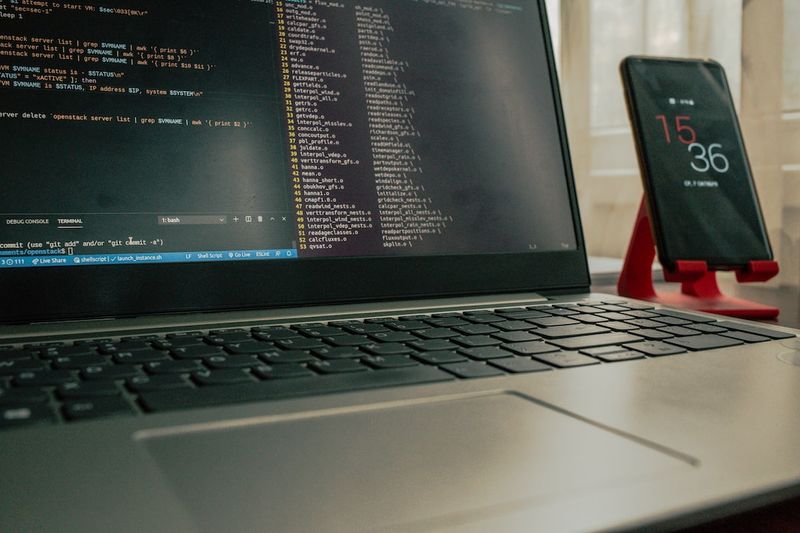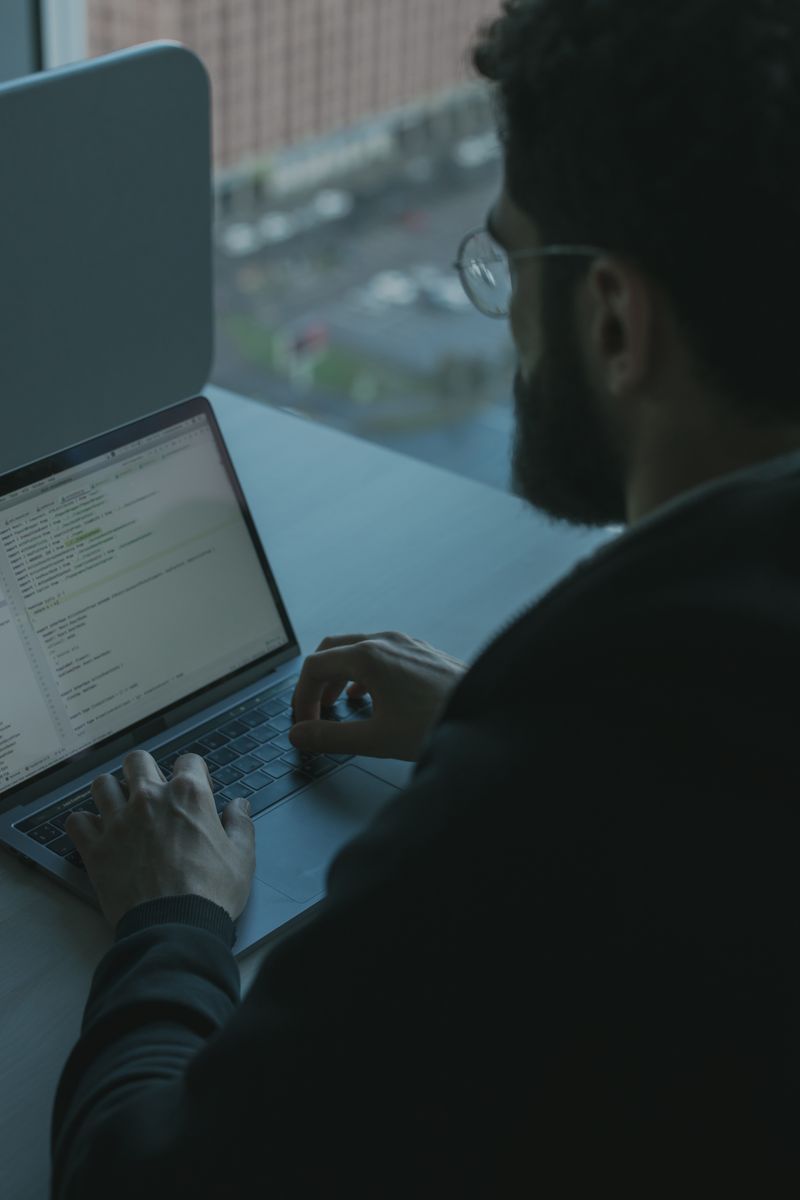Securing Sensitive Accounts: Learn PAM Security Strategies
Phishing attacks, such as the recent incident involving Microsoft and Russian hackers, have once again brought the issue of internet security to the forefront. With increasingly sophisticated techniques, hackers continue to pose a significant threat to individuals and organizations alike. In particular, protecting sensitive accounts has become a paramount concern for both individuals and businesses. This article examines the challenges of securing sensitive accounts and explores innovative strategies to overcome these challenges.
The Growing Threat of Phishing Attacks
Phishing attacks are a type of cyber attack where hackers masquerade as trusted entities to deceive individuals into revealing sensitive information such as usernames, passwords, and financial details. These attacks often employ social engineering tactics and exploit vulnerabilities in human psychology to manipulate victims. While phishing attacks have been around for years, they have become increasingly sophisticated and harder to detect.
The Microsoft and Russian Hackers Incident
One notable recent example is the incident involving Russian hackers who targeted Microsoft and its customers. The attackers gained access to sensitive information by sending seemingly legitimate emails that directed victims to malicious websites designed to steal login credentials. This highly coordinated campaign exploited the trust and familiarity people have with Microsoft, making it difficult to distinguish between genuine communication and phishing attempts.
Overcoming PAM Challenges
Privileged Access Management (PAM) is a crucial aspect of securing sensitive accounts. PAM involves implementing an access control framework to monitor and manage privileged accounts, which have elevated privileges and can access highly sensitive data. However, PAM strategies face several challenges:
- Human Error: Even with robust security measures in place, human error can lead to compromised credentials. Phishing attacks often rely on exploiting human vulnerabilities, making education and awareness crucial in mitigating this risk.
- Complexity: As organizations grow, managing privileged accounts can become cumbersome and complex. It is essential to enforce centralized and well-documented processes to ensure effective management of these accounts.
- Insider Threats: Insiders, including employees or contractors with authorized access, can pose a significant threat to sensitive accounts. Strong authentication protocols, employee monitoring systems, and strict access controls can help address this challenge.
Innovative Strategies for Safeguarding Sensitive Accounts
Overcoming the challenges associated with securing sensitive accounts requires innovative strategies that go beyond traditional security measures. Here are a few key strategies:
Implementing Multi-Factor Authentication (MFA)
MFA adds an extra layer of security by requiring users to provide additional forms of authentication, such as a fingerprint scan, SMS verification code, or hardware token, in addition to a password. This significantly reduces the risk of unauthorized access even if the password is compromised.
Continuous Monitoring and Analytics
Implementing a robust monitoring system can help detect suspicious activities or anomalies in real-time. By leveraging advanced analytics and machine learning algorithms, organizations can proactively identify and respond to potential threats before they escalate.
Security Awareness and Training
Education and training should be an integral part of any organization’s security strategy. By fostering a culture of security awareness, employees can become the first line of defense against phishing attacks. Regular training sessions, simulated phishing exercises, and clear communication about potential risks can help mitigate the human factor in account security.
Regular Security Audits and Updates
Periodic security audits and updates are crucial to ensure the effectiveness of security measures. Regularly reviewing access controls, updating software and systems, and monitoring for emerging threats can help organizations stay one step ahead of potential attackers.
Editorial: Taking Responsibility for Internet Security
Phishing attacks and other cyber threats highlight the pressing need for individuals and organizations to take responsibility for their internet security. While technology can play a critical role, it is up to each individual to be vigilant and proactive in protecting their sensitive accounts.
However, the responsibility for internet security should not solely rest on the shoulders of individuals. Organizations must also bear the burden of implementing robust security measures, fostering a culture of security awareness, and investing in cutting-edge technologies to protect their customers’ sensitive data.
Conclusion
Securing sensitive accounts in the face of evolving cyber threats requires a multi-faceted approach that addresses both technological and human factors. By implementing innovative strategies like multi-factor authentication, continuous monitoring, and security awareness training, individuals and organizations can mitigate risks and safeguard their most valuable assets. However, it is essential to recognize that internet security is an ongoing process that demands constant vigilance, adaptability, and collaboration between individuals, organizations, and technological solutions.

<< photo by Iyke Ibeh >>
The image is for illustrative purposes only and does not depict the actual situation.
You might want to read !
- Unveiling a Vulnerability: A Critical Ivanti EPMM Patch Bypassed
- Securing the Future: Empowering CISOs in the Realm of Cybersecurity
- The Shapeshifting Tactics of Russian APT ‘BlueCharlie’: Evading Detection Through Infrastructure Swaps
- The Rise of DDoSia: Exploring the Rapid Growth of a Russian Hacktivist Platform
- Microsoft Raises Alarm Over Large-Scale Credential Theft Campaign by Russian Hackers
- “The Rise of Russian Ransomware: Unleashing Chaos on US Federal Agencies”
- Microsoft Teams Vulnerability: A New Tool Auto-Delivers Malware
- Microsoft Teams Under Attack: A New Malware Delivery Method Emerges
- Microsoft Teams’ Security Features Under Scrutiny As Cyberattacks Increase




